About this detail of the Tiger
The mantlet of the Tiger 1 was a single casting, apparently made by the sand-casting process and machined smooth on certain places only.
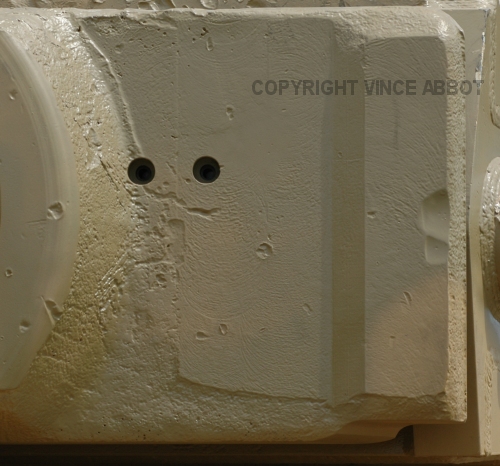
The earliest mantlets were the ones produced for the Tiger (P) project, which were recycled and used on Tiger (H). One of them exists on the Tiger of Bovington Museum. It illustrates something about all Tiger 1 mantlets; the "pattern", that is, the full size model from which the molds were made, was rather crude.
The bottom edge here has a rough texture, caused by the coarse sand of the mold. The underlying shape in this area is not quite flat or even. Patterns could be carved from wood but this one is more likely baked clay with wooden sections added. Higher up, most of this area has been crudely machined flat after casting. The dent at extreme right is combat damage.
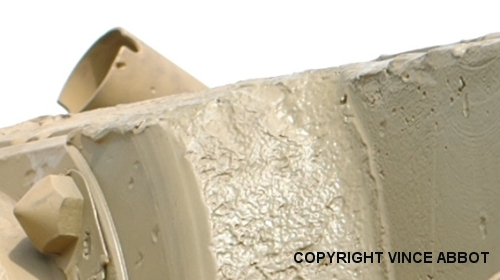
Looking at the top of this same mantlet, we can see the sand texture on the protruding portion. But the front face, near the bolts, is machined carefully to be very smooth, much more so than the larger area. (The bolts themselves secure the gun sleeve, which is not a casting.)
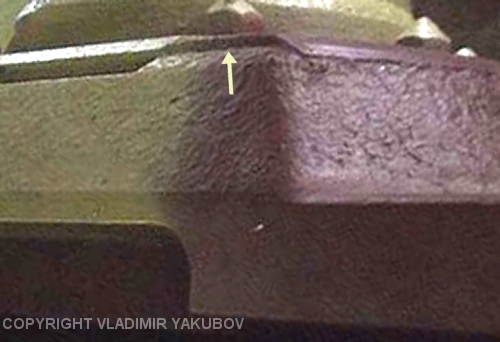
Another of the Tiger (P) mantlets survives in Kubinka museum. This is its top. The rear side and the top edge are cleanly machined. The forward surfaces have the sand texture. One curious aspect of this mantlet is that it appears to have a thin flat plate attached (indicated). But it's likely that the plate was an insert in the pattern, faithfully reproduced by the casting process.
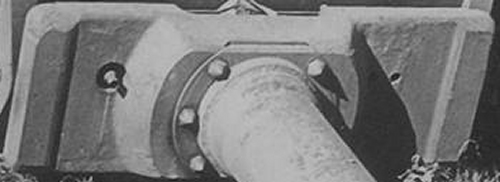
This is a slightly later example, one of the first mantlets custom made for the Tiger (H), and deployed in Tunisia. Much of it has been ground to a flat finish.
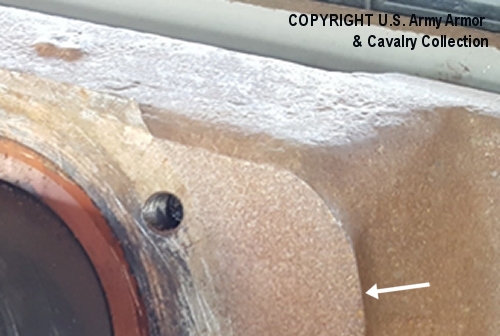
Taking a close look at a mantlet from that period, we can see that a finer grained sand was used here, visible on the non-machined surfaces. The edge of the raised area (indicated) is sharp, not rounded like in the Tiger (P) mantlets.
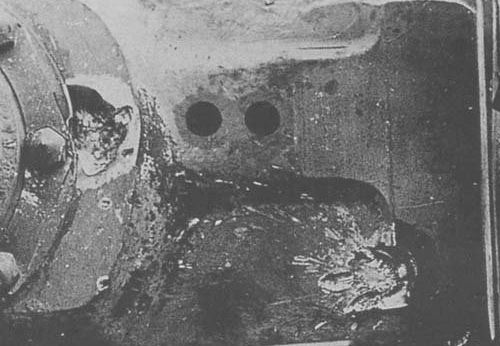
This one is from the winter of 1942-3 and it has a design change; there is now a thick bar in front of the sighting holes. Notice that the outer half of that bar has been ground down flat while the inner half has the sand texture.
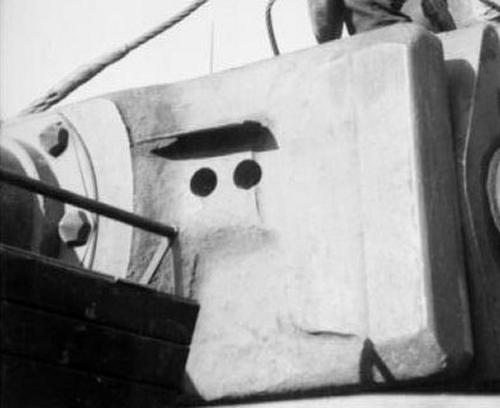
This early 1943 mantlet repeats all the features of the prior example, though the shapes in this area are subtly different. Notice that the thick bar at the outer edge has a mix of machined and rough surfaces.
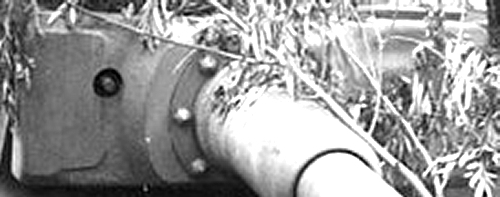
Some of the mantlets from early 1943 had a large thick panel to the outside of the sighting holes. This was not a design change, but a consequence of how its pattern was made (patterns had a limited lifetime). The panel would be ground to a flat surface. This photo shows a rare mantlet that has a thick panel on the loader's side also.
From August 1943 onwards, the outside of the mantlet of all new Tigers was covered in Zimmerit paste, making its texture invisible.